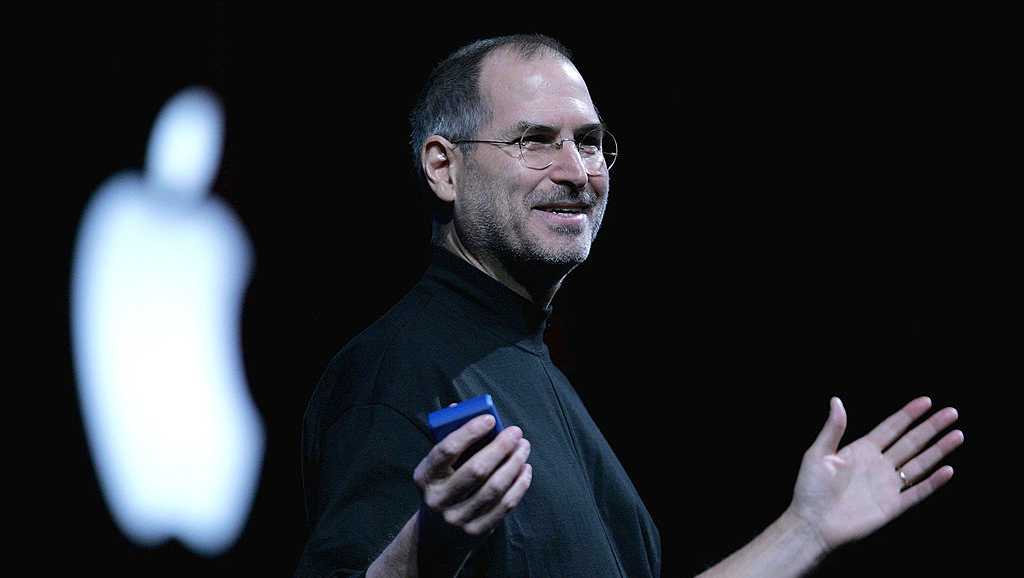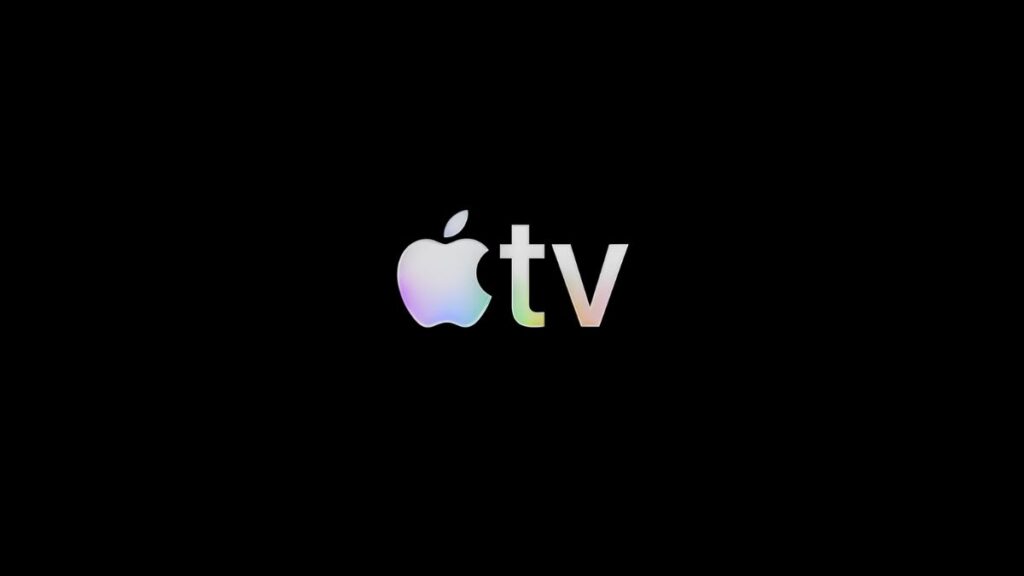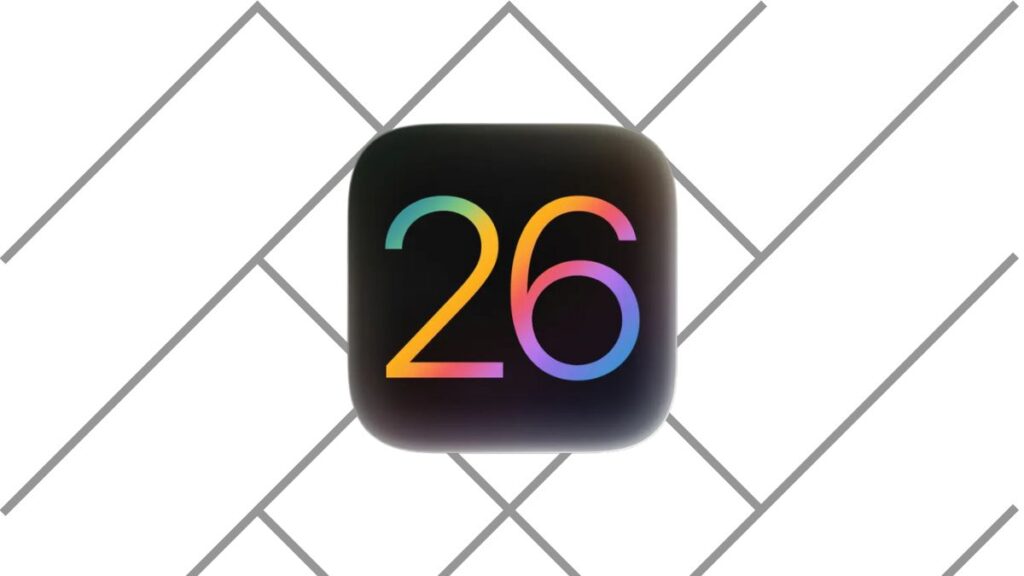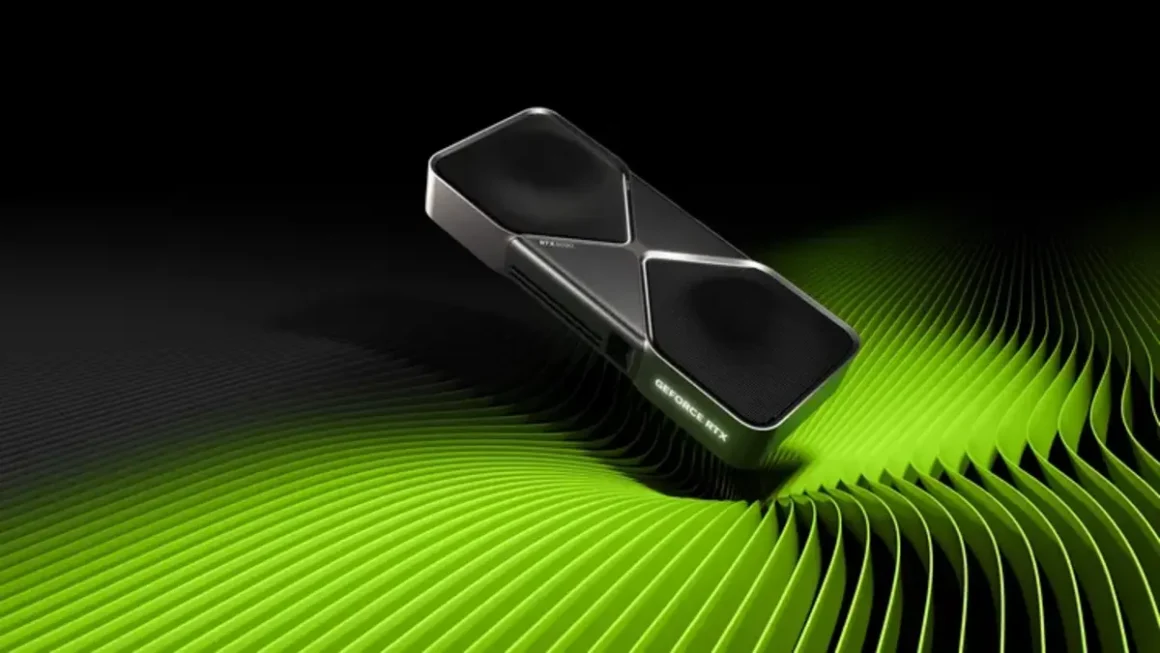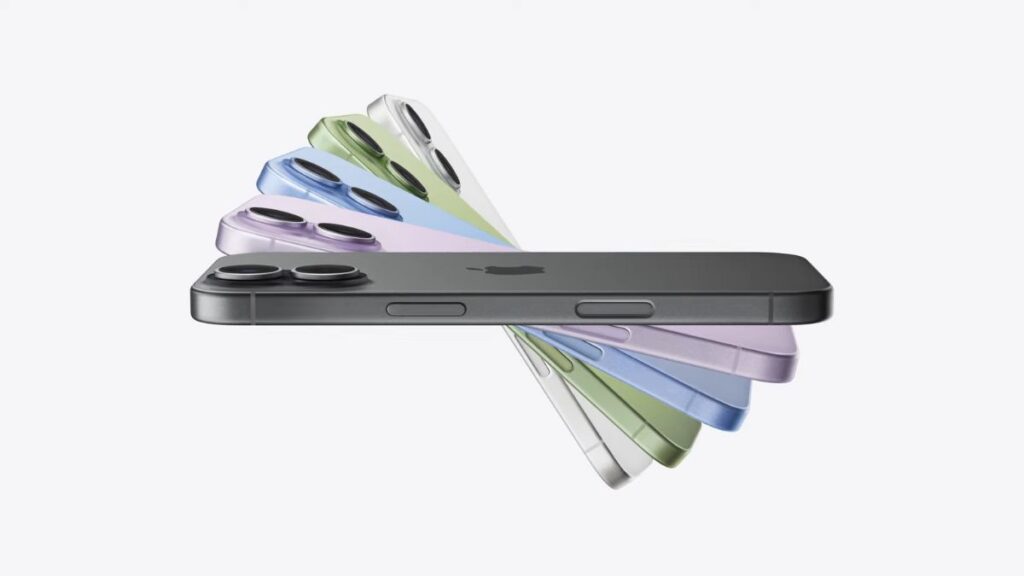On January 5, 2000, Steve Jobs introduced Mac OS X at Macworld Expo, marking a pivotal moment in the history of Apple and desktop computing.
Despite the crowd’s ecstatic reaction, the unveiling seems almost uneventful when viewed today. Yet, this moment would redefine the Mac for the next 25 years, far surpassing Jobs’ original expectations.
A New Era for Apple and Computing
Mac OS X, based on NeXTStep, represented a major leap from the outdated classic Mac OS. The transition was crucial for Apple, as the company struggled to compete with Microsoft’s dominance in the late ’90s.
Jobs’ return to Apple, along with the acquisition of NeXT, brought new life to the Mac, introducing modern features like protected memory, multitasking, and powerful graphics—essential for the Mac’s future.
The Iconic Aqua Interface
The introduction of Aqua, Mac OS X’s sleek and visually appealing interface, was a standout moment. The Dock, Finder, and the unique three-button window controls all made their debut, offering a fresh, modern experience. These elements, now synonymous with the Mac, would go on to shape the user experience for years to come.
A Foundation for the Future
While Mac OS X was groundbreaking, not all of Jobs’ ideas stuck. Some features, like the single-window mode and the Apple logo in the menu bar, were eventually removed or altered.
Despite this, the core elements of Mac OS X have endured, forming the basis of macOS, iOS, and other Apple platforms today.
The Unforeseen Success
Jobs had hoped that Mac OS X would lay the foundation for the next decade of Apple’s operating systems, but it ended up shaping not just the Mac, but nearly every Apple product.
A quarter-century later, the influence of Mac OS X is still felt, having far exceeded Jobs’ original vision and continuing to drive Apple’s innovations across its entire ecosystem.
